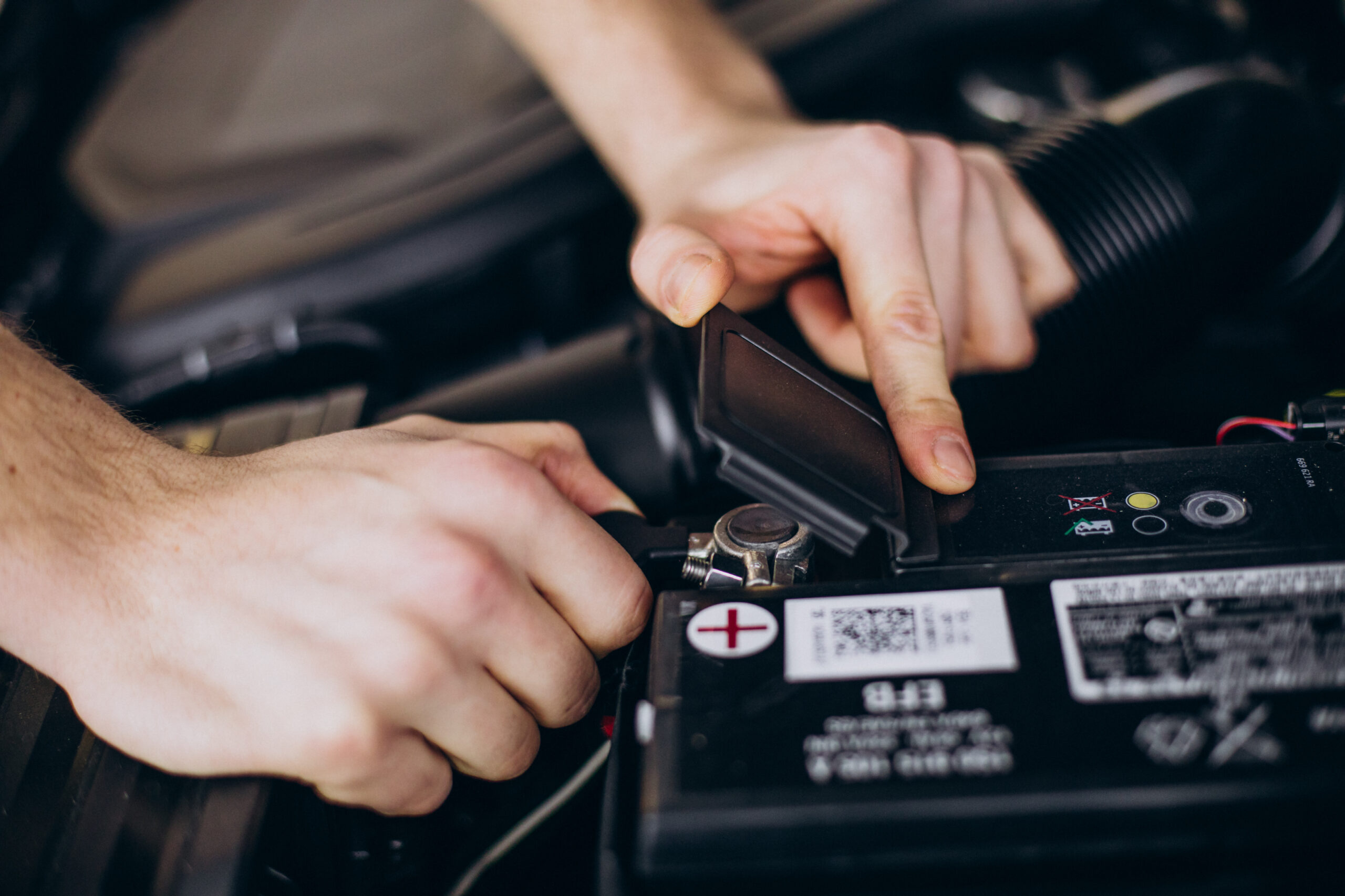Car battery maintenance is a fundamental aspect of ensuring your vehicle’s optimal functionality. A properly maintained battery may make the difference between a comfortable journey and an unanticipated roadside breakdown. We’ll walk you through every stage of evaluating the performance of your car battery in this comprehensive guide. You can stay on top of any problems and guarantee your vehicle’s dependability on the road by carrying out these quick tests.
Understanding the Importance of Car Battery Maintenance
Understanding why these regular inspections are so important is key before diving into the specifics of evaluating your automobile battery. By identifying early warning signs of a deteriorating battery, routine checks can help avoid costly failures and difficult repairs. By taking preventative measures, you not only increase the lifespan of the electrical system in your car but also assure your own safety.
Checking for Physical Signs of Wear and Tear
The first step in evaluating your battery’s performance is to conduct a visual inspection. Look out for any visible signs of corrosion, leaks, or damage to the battery casing. The performance of the battery can be greatly impacted by corrosion on the cables or terminals, which can result in poor connectivity and electrical problems. Any physical problems should be taken care of right away to stop future deterioration and maintain the battery’s effectiveness.
Assessing the Battery Voltage with a Multimeter
To accurately gauge your battery’s health, use a digital multimeter to measure the voltage. Set the multimeter to DC voltage and connect the positive lead to the positive terminal and the negative lead to the negative terminal. A fully charged battery typically registers around 12.6 to 12.8 volts. If the reading falls below 12.4 volts, it may indicate a weakening battery that demands attention.
Conducting a Load Test for a Comprehensive Analysis
For a more comprehensive evaluation, consider conducting a load test. This test simulates real-life operating conditions and measures the battery’s capacity to deliver power consistently. Using a load tester, apply a load that equals half the CCA (cold cranking amps) rating for 15 seconds. If the voltage drops below 9.6 volts, it signifies a weak battery that may struggle to start your vehicle reliably.
Interpreting the Results and Taking Necessary Action
Based on the findings from the visual inspection, voltage measurement, and load test, you can interpret the results and determine the appropriate course of action. If the battery shows signs of deterioration, such as low voltage or poor performance during the load test, consider fixing it or replacing it with original replacements promptly to avoid unexpected breakdowns and inconvenience. Remember to consult a professional before doing so or purchase replacement parts from a trusted source.
Maintaining a Regular Battery Maintenance Schedule
To ensure consistent performance and extend the lifespan of your new battery, establish a regular maintenance schedule. Clean the terminals and cables periodically to prevent corrosion, and check the battery’s fluid levels if applicable. Additionally, consider investing in a battery charger to keep the battery charged during prolonged periods of inactivity, such as during long vacations or seasonal storage.
You can maintain the dependability and lifespan of your vehicle by including these straightforward but efficient steps in your regular car maintenance schedule. Regularly monitoring your car battery’s performance and proper car battery maintenance protects your driving pleasure and reduces the possibility of unplanned breakdowns and expensive repairs.
Remember, a well-maintained battery is the key to a smooth and uninterrupted journey on the road.
I hope this blog post serves your purpose!



